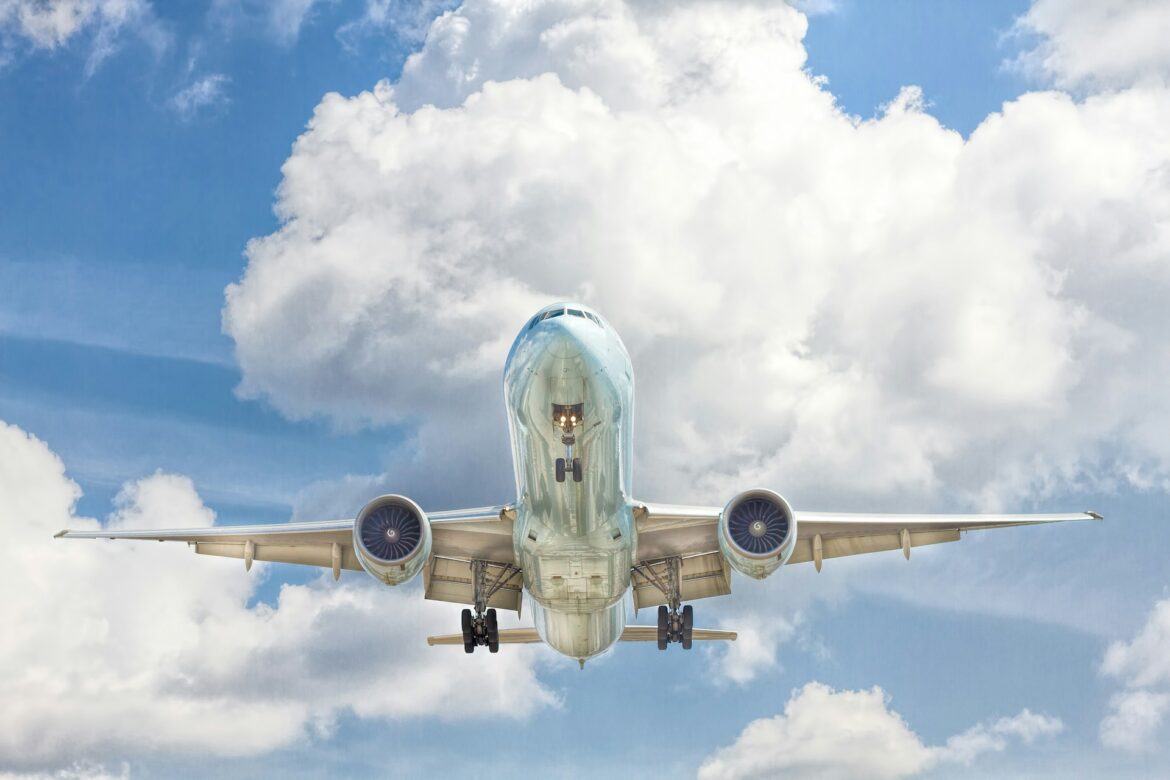The U.S. Aviation Industry Embraces Electric Propulsion Technologies
The Shift Toward Cleaner Air Travel
The U.S. aviation industry is on the verge of a significant transformation as it accelerates the adoption of electric propulsion technologies, particularly for short-haul flights. This shift is not just a minor adjustment but represents a fundamental change in how the aviation sector operates. Startups combined with established aerospace giants are actively unveiling electric aircraft prototypes, laying the groundwork for cleaner and more sustainable air travel options. As concerns about climate change and noise pollution grow, the aviation industry is increasingly recognizing its role in contributing to a more sustainable future.
What is Electric Aviation?
Electric aviation refers to the replacement of traditional jet fuel with electric propulsion systems, which are primarily powered either by batteries or hybrid technologies that combine electric and conventional fuel sources. This transition to electric aviation presents substantial benefits, including significant reductions in greenhouse gas emissions, lower operating costs, and decreased noise pollution, which is especially beneficial for urban areas. Mark Reyes, an aerospace engineer, noted, “Electric aviation is transforming regional travel; it’s a leap toward sustainable skies.” The commitment to this new technology reflects a broader trend towards environmentally responsible practices in aviation.
Key Developments
A variety of key developments are currently taking place within the electric aviation sector. Major companies such as Joby Aviation and Beta Technologies have begun testing electric vertical takeoff and landing (eVTOL) aircraft that are specifically designed for urban mobility. These aircraft offer the potential for on-demand flights in crowded metropolitan areas, significantly reducing congestion on traditional roadways. Furthermore, regional airlines are not lagging in this transition; Alaska Airlines, for example, is collaborating with innovative startups to retrofit existing planes with hybrid-electric engines. Additionally, the federal government is taking proactive steps by funding research initiatives aimed at improving battery technology and developing the necessary infrastructure to support electric aviation.
Benefits for the Industry
Electric aviation is anticipated to bring various advantages to the aviation sector, which could redefine how airlines operate. One of the most notable benefits is the expected decrease in maintenance costs associated with electric aircraft systems, which typically feature fewer moving parts compared to traditional engines. This reduction in complexity can lead to lower operational costs in the long run. Moreover, the environmental impact is greatly diminished, making electric planes a much greener alternative. This is particularly significant for smaller airports, which can benefit from the increased accessibility that electric aircraft provide, allowing airlines to offer more point-to-point travel options in underserved regions.
Challenges to Scaling
Despite the promising outlook for electric aviation, there are several challenges that must be addressed before widespread adoption can occur. One of the most significant obstacles is the weight of battery systems and their current limitations regarding range. Simply put, batteries that are powerful enough to operate aircraft effectively tend to be heavy, which can affect overall performance and efficiency. Additionally, the need for a comprehensive charging infrastructure is critical for the widespread implementation of electric aviation. Fortunately, advancements in lightweight materials and innovative fast-charging technologies are beginning to offer solutions to these challenges, making the use of electric propulsion more feasible.
The Road Ahead
As we look toward the future, the year 2024 is expected to be pivotal for the electric aviation sector in the United States. Prototypes developed by both startups and established aerospace companies are anticipated to transition into commercial operations, indicating a major step forward for the industry. Regulatory frameworks are also evolving, with the government playing a crucial role in facilitating this transition. For the aviation sector, this could mean not only a reduction in its carbon footprint but also a redefined approach to air travel that prioritizes sustainability and efficiency.
Conclusion
The transformation of the U.S. aviation industry through electric propulsion technologies represents a significant leap towards sustainable air travel. With numerous startups and major companies actively working on electric aircraft prototypes and the support of governmental initiatives, the future of aviation looks promising. While challenges remain, the potential benefits of electric aviation in terms of reduced emissions, lower operating costs, and increased accessibility highlight the importance of this technological shift. As 2024 approaches, the impending commercial operations of electric aircraft could redefine regional travel and offer a pathway to a more sustainable future in aviation.
FAQs
What are the primary benefits of electric aviation?
Electric aviation promises lower operating costs, reduced emissions, decreased noise pollution, and increased accessibility to smaller airports.
What challenges does electric aviation currently face?
Key challenges include the weight and range limitations of batteries and the need for extensive charging infrastructure.
Which companies are leading developments in electric aviation?
Companies like Joby Aviation and Beta Technologies are at the forefront, particularly with their electric vertical takeoff and landing (eVTOL) aircraft, while Alaska Airlines is working to retrofit existing planes.
What role does the government play in supporting electric aviation?
The federal government is funding research initiatives focused on improving battery technology and developing infrastructure to support electric aircraft.
How soon can we expect electric aircraft to be commercially available?
Many experts predict that 2024 will mark a significant step toward the commercial operation of electric aircraft as prototypes transition into functional services.

